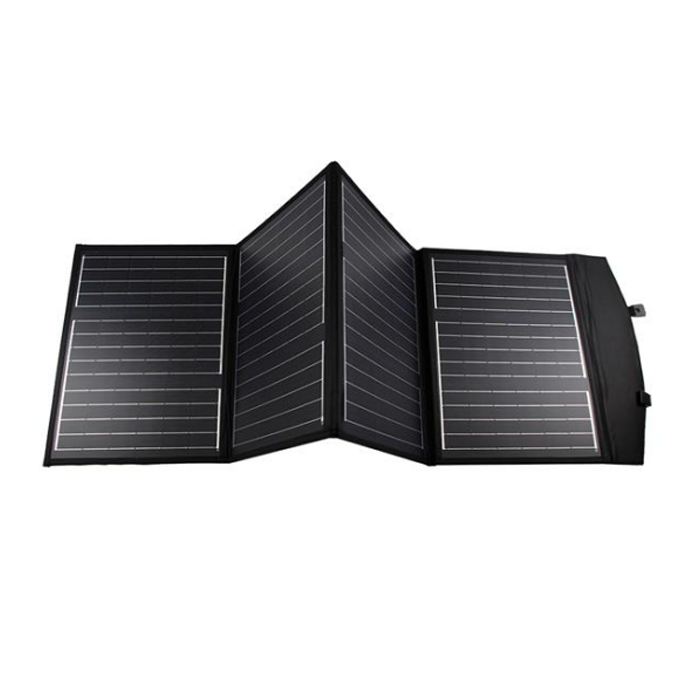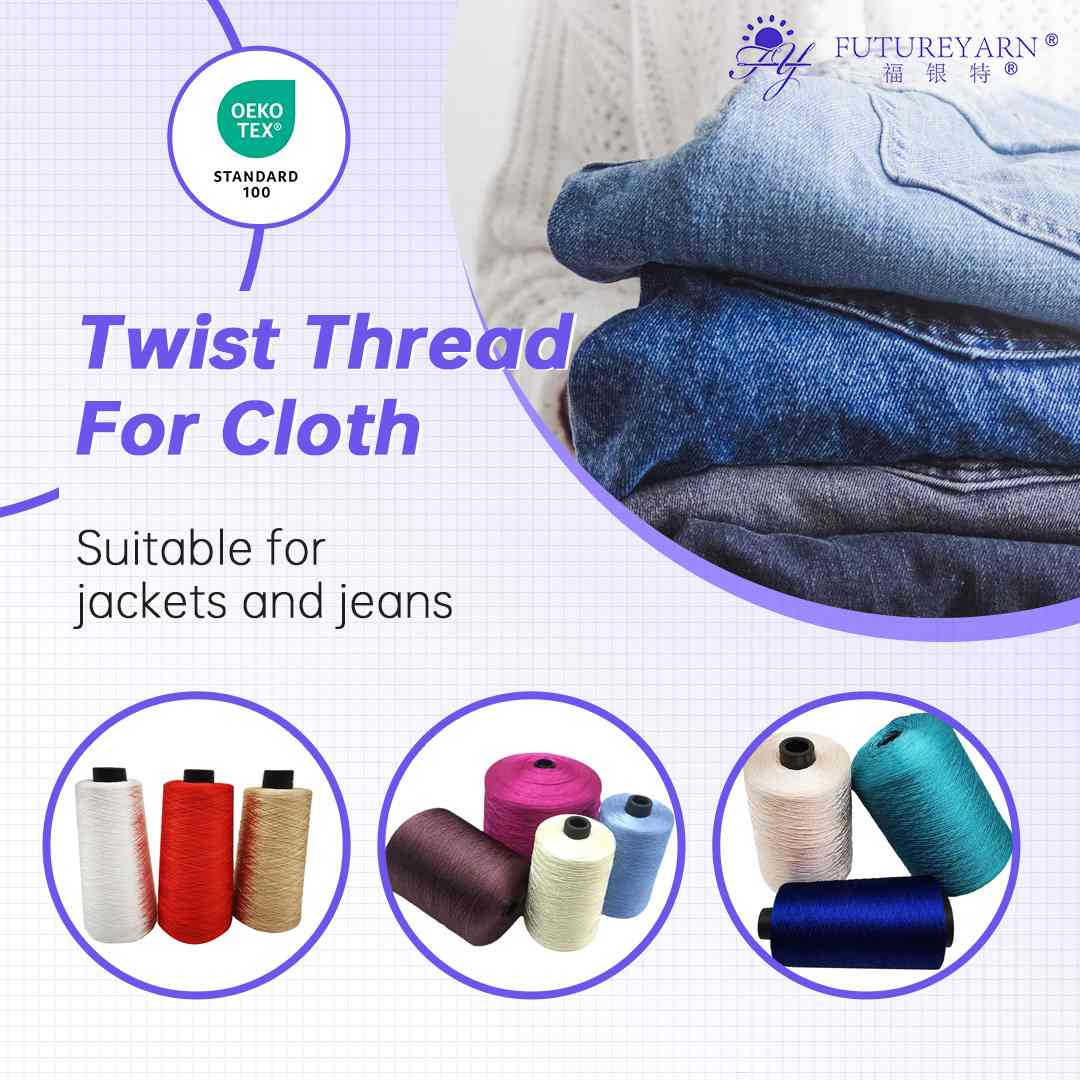Gorilla Glass vs. Sapphire Glass: The Ultimate Showdown in Screen Protection
In the ever-evolving landscape of mobile technology, the durability of device screens has become a paramount concern for consumers and manufacturers alike. With the proliferation of smartphones, tablets, and wearables, the materials used for screen protection have garnered significant attention. Two of the most prominent contenders in this arena are Gorilla Glass and sapphire glass. This article delves into the properties, advantages, and disadvantages of each material, providing a comprehensive analysis to help consumers make informed decisions.
Understanding the Materials
Gorilla Glass: A Breakthrough in Toughened Glass Technology
Gorilla Glass, developed by Corning, is a chemically strengthened glass designed to withstand the rigors of everyday use. It is produced through a proprietary ion-exchange process that enhances its strength and scratch resistance. This glass is lightweight, thin, and offers excellent optical clarity, making it a popular choice for a wide range of devices.
Sapphire Glass: The Luxury of Corundum
Sapphire glass, on the other hand, is made from synthetic sapphire, a crystalline form of aluminum oxide. Known for its exceptional hardness, sapphire glass ranks 9 on the Mohs scale of mineral hardness, just below diamond. This material is often used in high-end watches and some premium smartphones due to its scratch resistance and aesthetic appeal.
Durability and Scratch Resistance
When it comes to durability, both Gorilla Glass and sapphire glass have their strengths. Gorilla Glass is engineered to resist impact and shattering, making it ideal for devices that are frequently dropped or subjected to rough handling. Its ability to absorb shock is a significant advantage, especially for everyday users who may not handle their devices with the utmost care.
Sapphire glass, while incredibly scratch-resistant, is more brittle than Gorilla Glass. This means that while it can withstand scratches from keys or coins, it is more prone to shattering upon impact. For instance, a drop from a height onto a hard surface could result in a cracked sapphire screen, whereas Gorilla Glass may survive such an incident with minimal damage.
Optical Clarity and Aesthetics
In terms of optical clarity, both materials perform admirably. Gorilla Glass offers excellent transparency and color reproduction, which is crucial for devices that rely on vibrant displays. Sapphire glass also provides exceptional clarity, often preferred in luxury items where aesthetics are paramount.
However, the aesthetic appeal of sapphire glass cannot be overlooked. Its crystal-like appearance and luxurious feel make it a favored choice for high-end devices. This premium look, combined with its scratch resistance, positions sapphire glass as a desirable option for consumers willing to invest in top-tier products.
Cost and Availability
Cost is another critical factor when comparing Gorilla Glass and sapphire glass. Gorilla Glass is significantly less expensive to produce, which translates to lower retail prices for devices equipped with this material. This affordability has made Gorilla Glass the standard for most smartphones and tablets on the market.
Conversely, sapphire glass is more costly to manufacture, which is reflected in the price of devices that utilize it. As a result, sapphire glass is typically reserved for luxury devices or specific applications where its unique properties justify the higher cost.
Conclusion: Which is Better?
Determining whether Gorilla Glass or sapphire glass is better ultimately depends on the user's needs and lifestyle. For the average consumer who prioritizes durability and affordability, Gorilla Glass is likely the superior choice. Its ability to withstand drops and impacts, combined with its cost-effectiveness, makes it suitable for everyday use.

